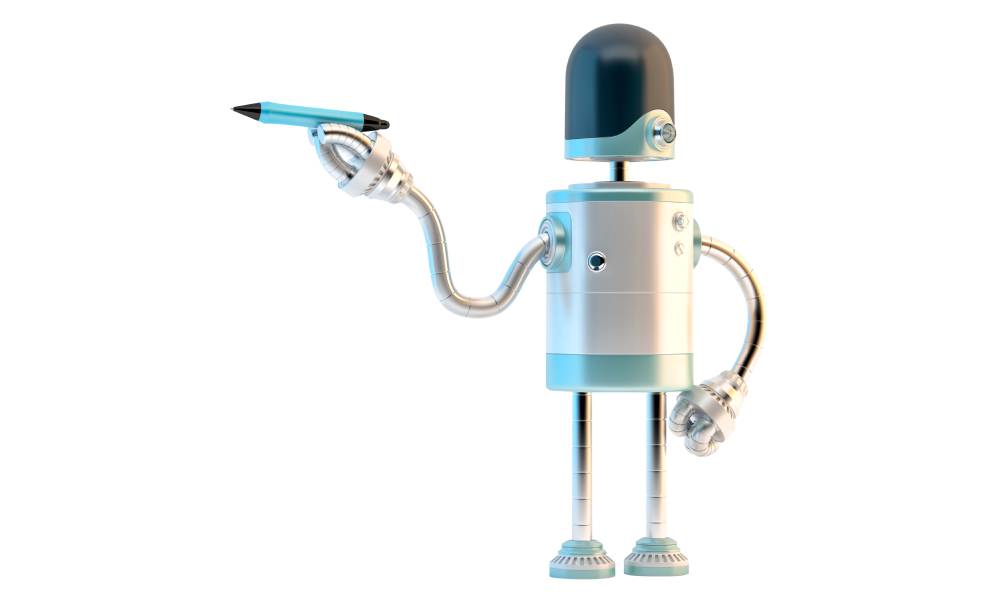
Image courtesy of SkyGrid
A year after mandatory shelter in place restrictions have spurred American e-commerce, the domestic logistics industry is thriving. In 2020, more than 100 billion packages were transported and that number is expected to double by 20301 . However, along with this exponential growth, companies are facing increasing costs, unprecedented market demands and growing labor shortages. Businesses are compelled to make changes in order to remain competitive and companies must look towards advanced digitization and automation to stay ahead of the curve.
Innovative technologies have led to the next big industry unlock throughout the history of logistics, from the invention of the steam locomotive allowing for easier, cheaper and faster longdistance transport of goods to IBM’s first warehouse management system revolutionizing orders, inventory and distribution tracking. It is time for the next new normal. Autonomous logistics operations are paving the way for a big disruption. McKinsey & Company expects that, as smart warehouses and autonomous vehicles are widely adopted, logistics costs will fall by up to 40 percent.
Drones play a key role in charting this future, speeding up efficiency and productivity, while lowering costs across the logistics value chain. Drove delivery will have a transformative effect on the entire supply chain, improving order fulfilment, warehouse operations, inventory management, and more. Look at three ways drones will be changing the logistics sector:
Revolutionizing Last Mile Delivery
‘The cost of global parcel delivery, excluding pickup, line-haul, and sorting, amounts to 70 billion dollars.’2 Not only is the market large, it is also extremely price sensitive, with the bulk of consumers preferring options with cheapest delivery. According to Goldman Sachs, using drones and robots could bring costs down by more than 80 percent for last mile delivery. Drone deliveries will allow for shipping that is both cheap and fast, for rural and urban locations alike. This will transform last mile experiences given that the cost and timing of deliveries has previously remained inversely correlated. Drones will be used in combination with other autonomous ground vehicles to increase efficiencies. However, we can expect traditional delivery to continue existing for a small segment that require special handling or human decision making, such as that in e-groceries.
Enhancing Warehouse Efficiencies
While last-mile delivery has been dominating the discussion for drone technology, the impact autonomous aerial vehicles will have in warehouse management is not any less impressive. We can expect to see a complete change in how warehouses approach key operations and layouts. Drones will be used to count inventory, carry small packages within warehouses, conduct inspections and ensure perimeter safety. Walmart is currently testing drones for taking stock of trailers and other items in the parking lot of a warehouses.
However, these changes might require an overhaul of how warehouses and distribution centers are currently laid out to accommodate autonomous robots and aerial vehicles in the same space. Today’s single story large docks might not be needed to accommodate for large ground fleets. We can also predict that supply chain processes would change significantly with these structural warehouses change.

Image courtesy of SkyGrid
Transforming the Workforce
With increased digitization, we can expect that the logistics workforce will face a shift in the desired skill-sets. While some area of work for employees will become deskilled and replaced with sensors and software, others might require employees to become more skill intensive. Ability pilot a drone if needed, carry our basic debugging while in route and knowledge of multi-modal transport systems might become job requirements.
While the long-term transformation will be substantial, we can expect this to be felt in gradual steps, rather than a giant leap. The industry is taking a crawl, walk, run approach to adoption of this technology and this will give the workforce a time to adjust accordingly.
Bringing Data and Privacy to the Forefront
Drone deliveries will bring privacy to the forefront like never before. Logistics companies will be faced with an entirely new wave of system security requirements and data laws. While we can expect regulation to define privacy rights, logistics companies will now have access to a world of data that is not only vast, but also more private. Imagine a drone delivering a parcel in a neighborhood. On the way to the delivery, the drone has aerial access to not one but many private properties. Maintaining how, when and why this data is shared and ensuring compliance will be no small task. Other concerns will include susceptibility to hacking or theft, invasion of privacy, and collision liability, with potentially high insurance costs.
While we may still be years away from this new normal, the drone industry has seen greater exponential growth and wider adoption in the last few years than ever before. Regulators are taking a more forward looking approach to new technologies. Drone manufacturers, software developers and service providers, are working closely with the logistics sector to prove out technologies, one step at a time. For example, SkyGrid is developing a solution that can enable multiple parcel deliveries autonomously and at the same time, while the operator is situated in his delivery vehicle or miles away from the delivery location.
Depending on how quickly existing technology limitations are address and regulations are implemented, millions of drones may be in the skies sooner than we expect.

